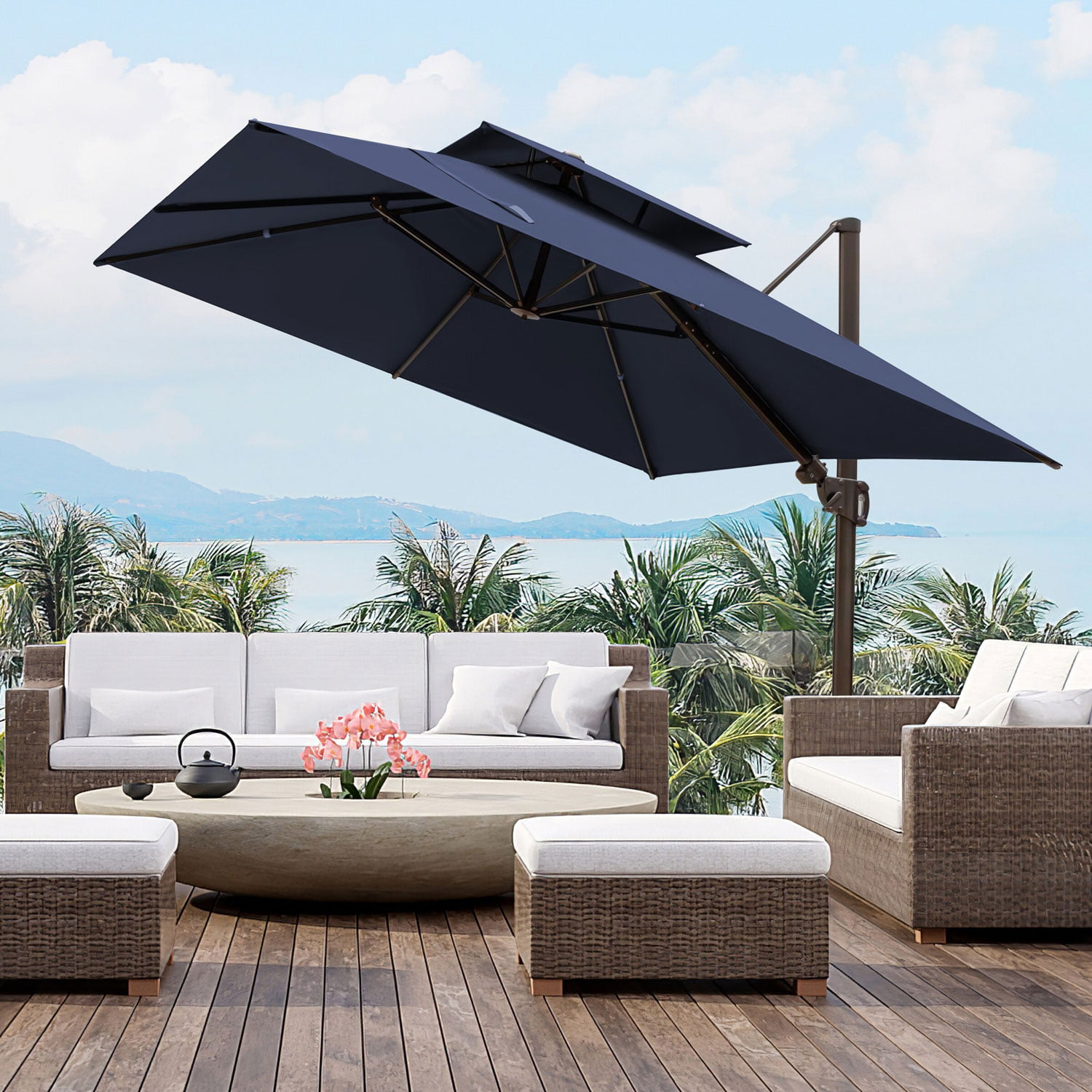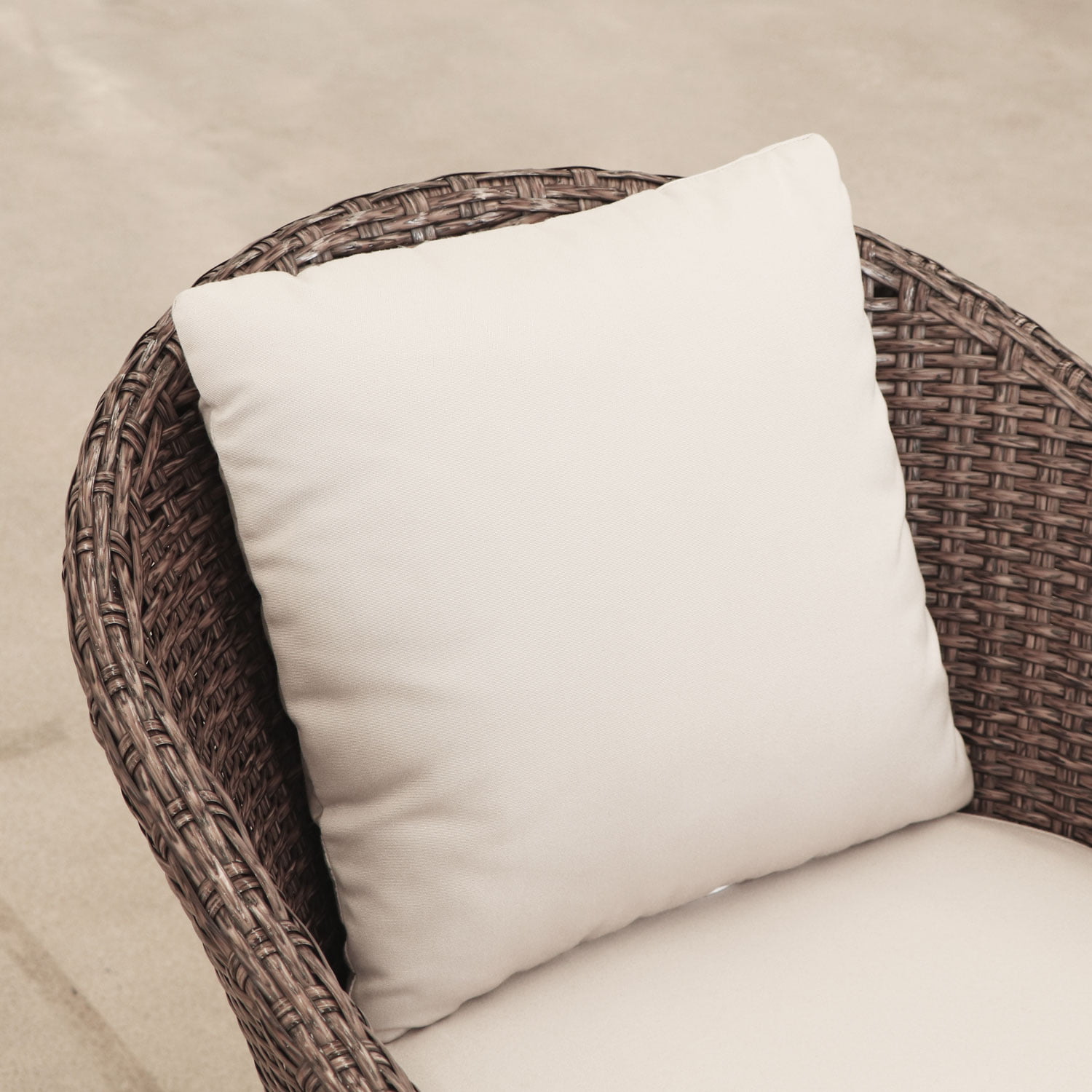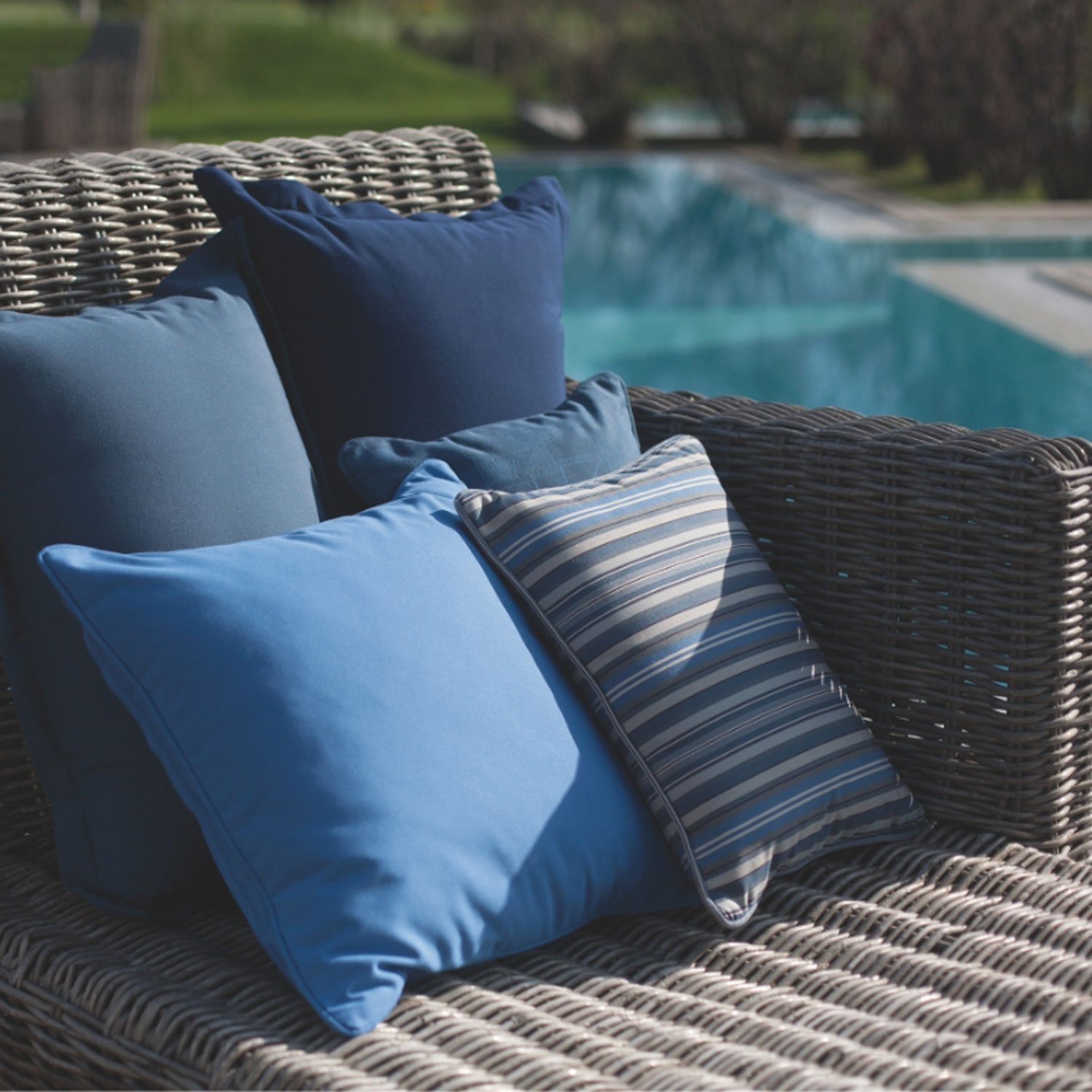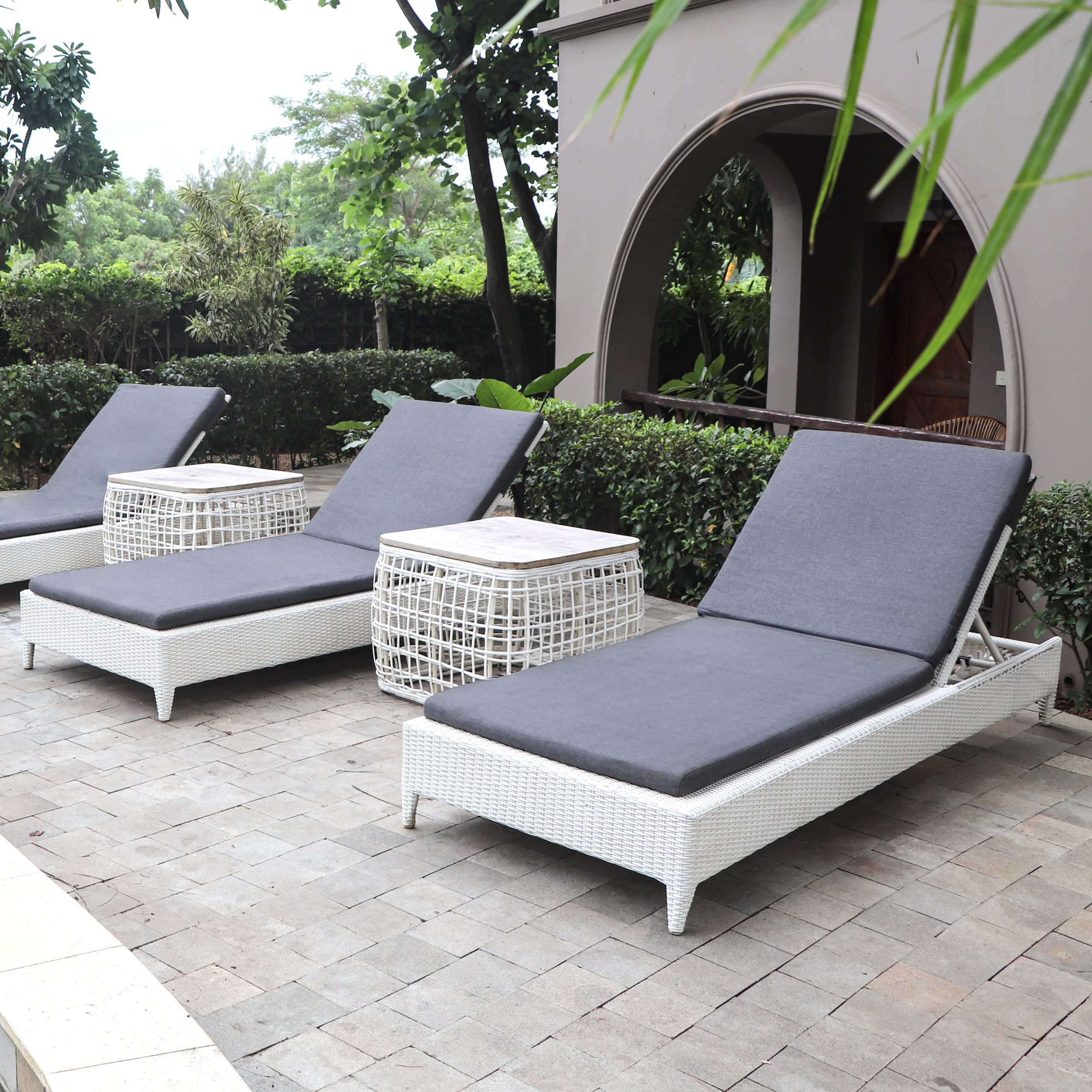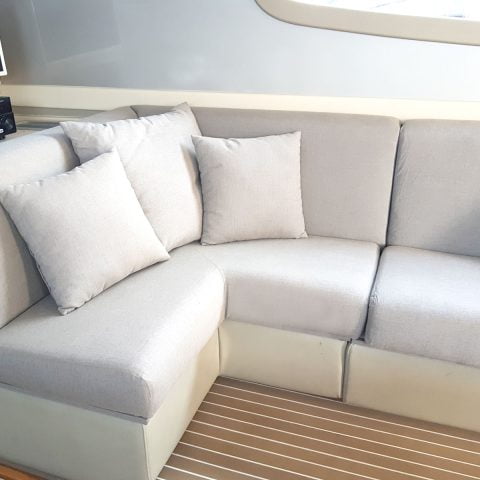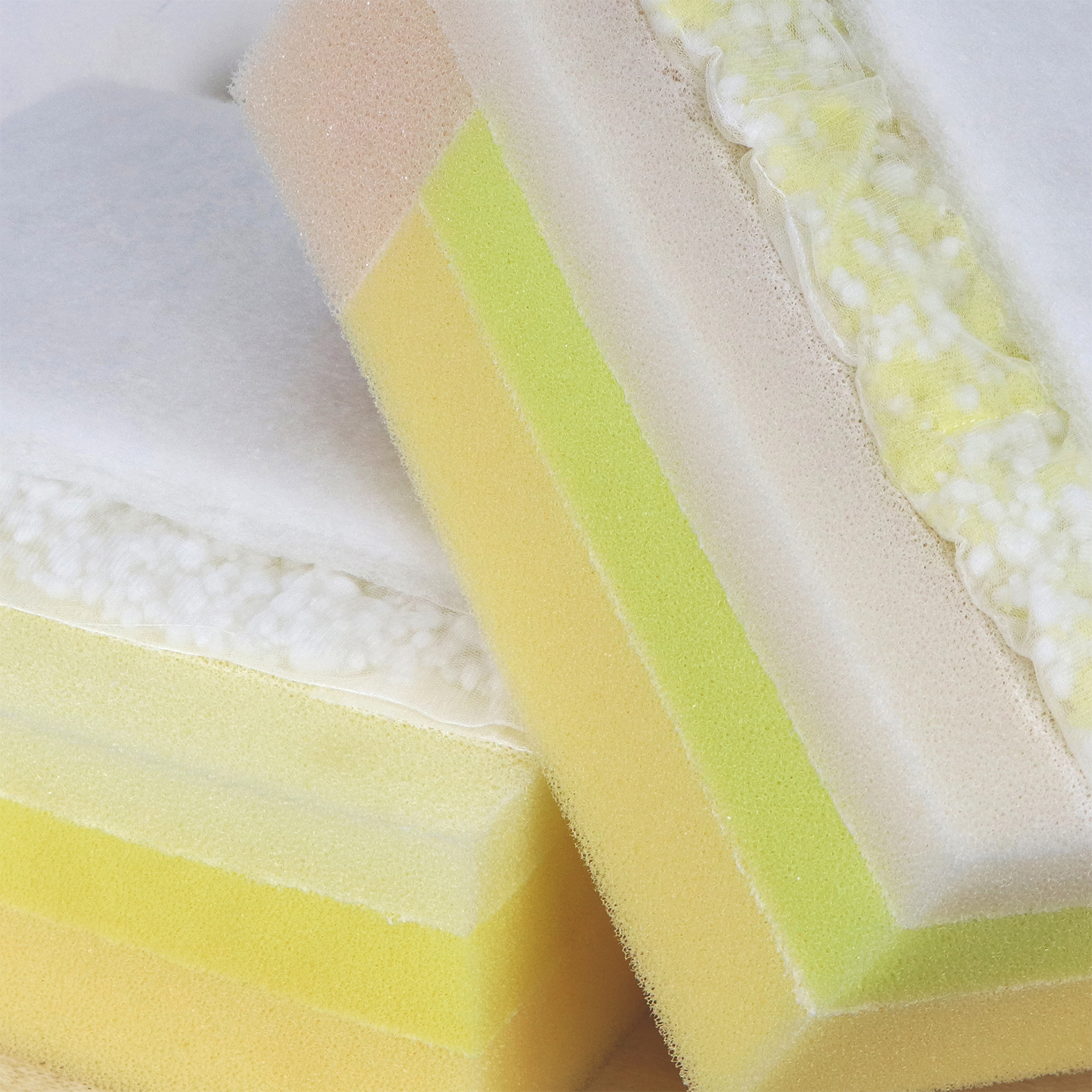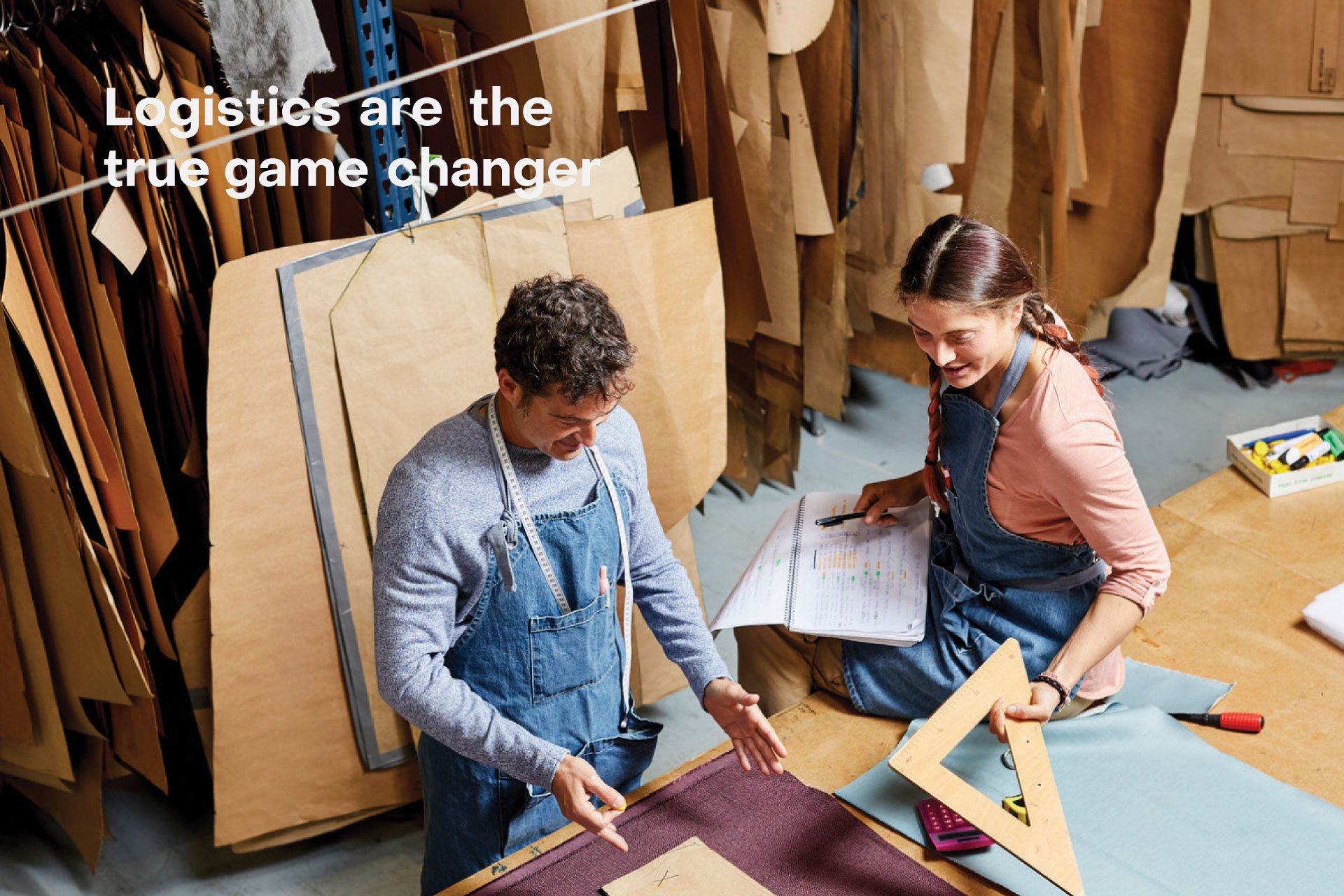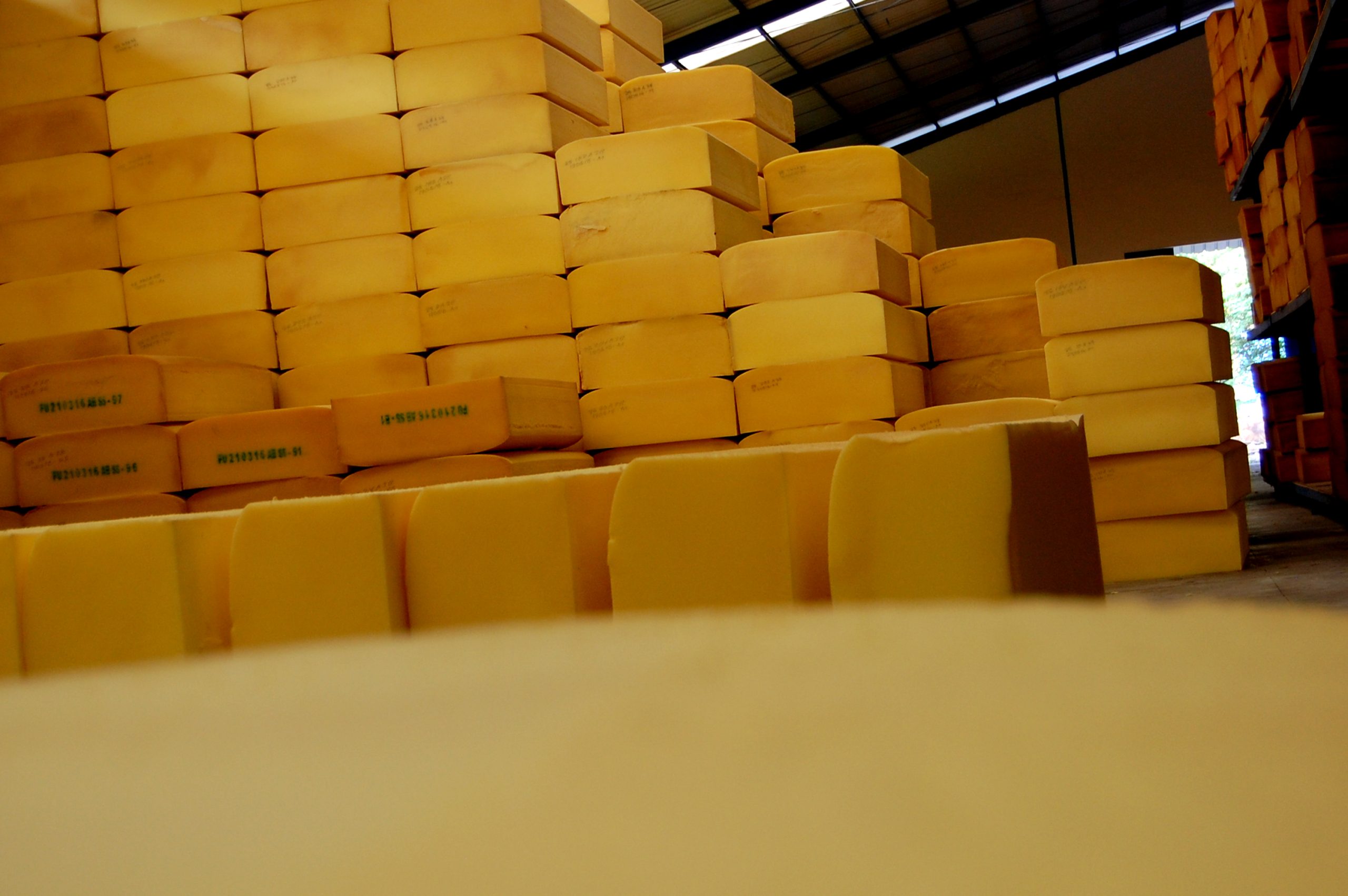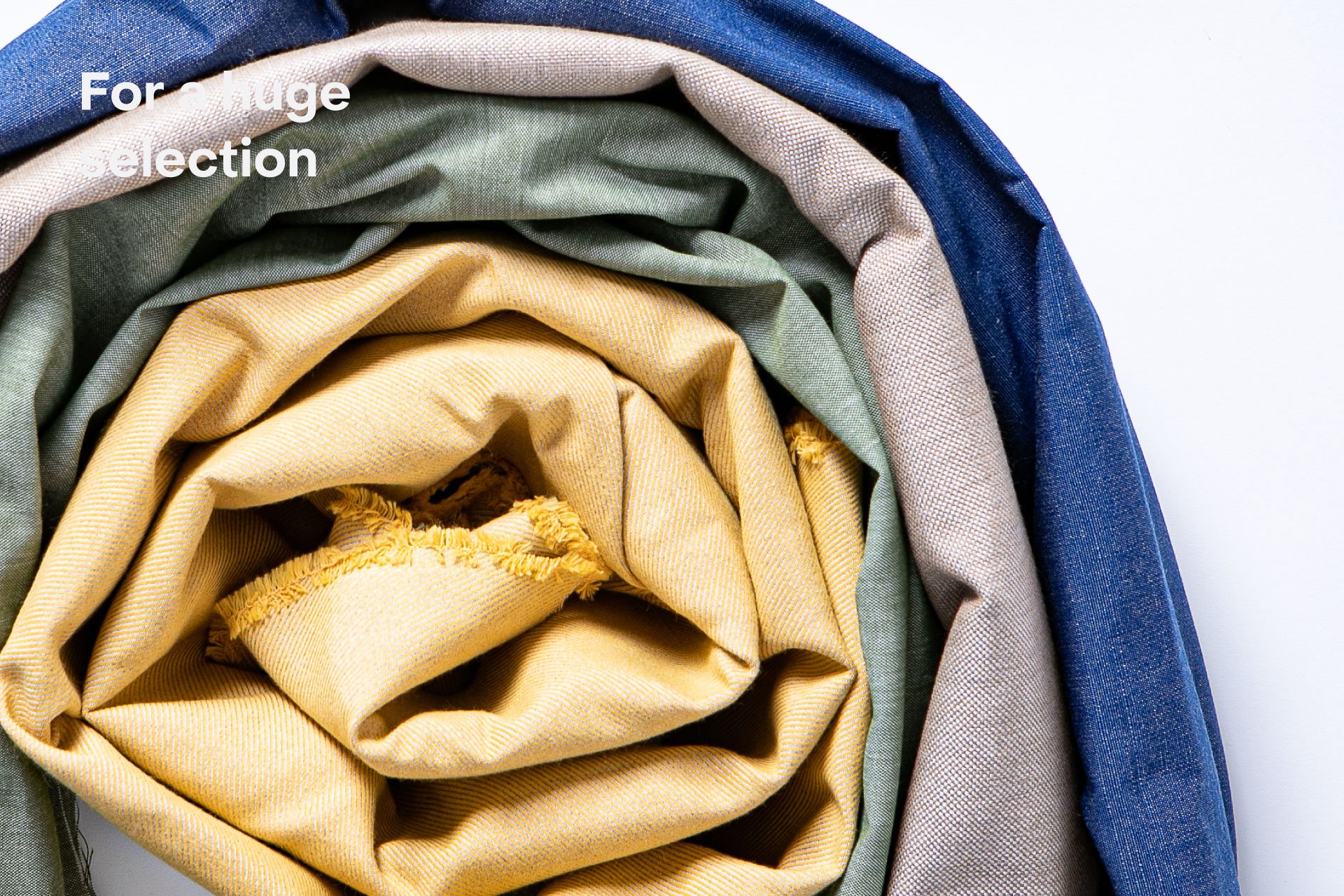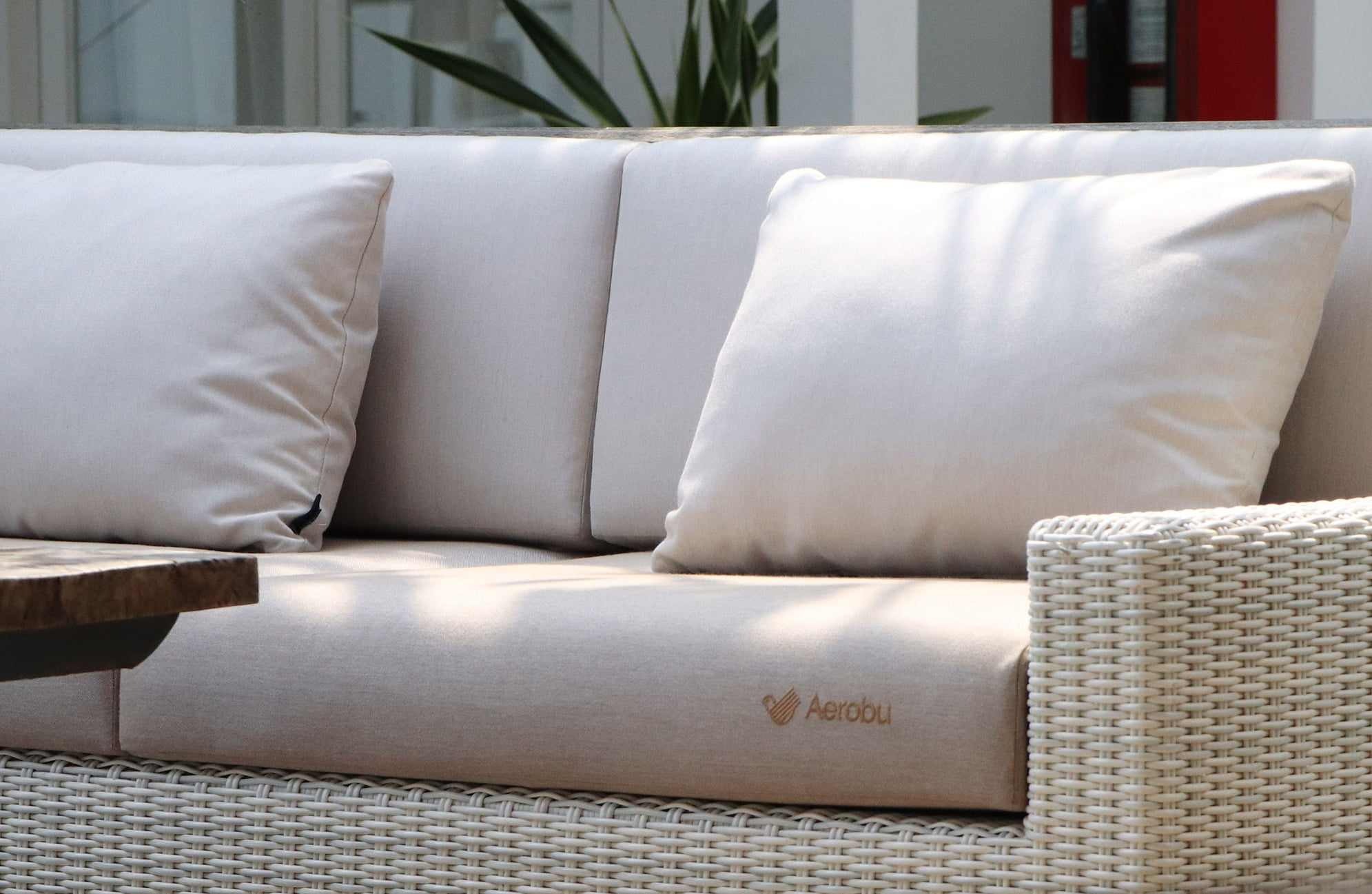How to Choose Outdoor Cushions – When it comes to turning a plain backyard, patio, or balcony into a welcoming and comfortable space that feels like an extension of your home, cushions play a much bigger role than most people realize. Outdoor cushions are not only about adding a layer of comfort to hard furniture, but they also inject personality, warmth, and style into your space, creating an atmosphere where you actually want to spend time. However, selecting the right outdoor cushions isn’t as simple as walking into a store and grabbing the first set you see. With so many choices in terms of fabrics, colors, patterns, thickness, and durability, the process can quickly become confusing. That’s why understanding the key factors—such as comfort, fabric type, style, and maintenance will help you make a choice that balances both aesthetics and practicality.
Why Outdoor Cushions Matter More Than You Think
Think about sitting on a bare patio chair for more than five minutes it feels hard, uncomfortable, and anything but relaxing. Outdoor cushions instantly change that experience by offering plush support, allowing you to enjoy hours outside without the constant shifting or discomfort. But beyond physical comfort, cushions set the tone for your entire outdoor area. A well-chosen set can elevate the atmosphere, turning a simple deck into a chic lounge spot or a cozy nook for family gatherings. On top of that, the right cushions can withstand exposure to sun, rain, and everyday wear, which means they are not just decorative but functional investments in your outdoor living experience.
Step 1: Prioritize Comfort Above Everything Else
While outdoor cushions are often admired for their colors and patterns, their primary purpose is to make sitting more enjoyable, and that’s why comfort should always be your first consideration. If you’ve ever sat on cushions that flattened within a few weeks, you already know the frustration of poor-quality filling. Look for cushions with high-density foam, which holds its shape longer and provides consistent support, or quick-dry foam, which is especially practical for areas with heavy rainfall or humidity since it drains water quickly and resists mold buildup.
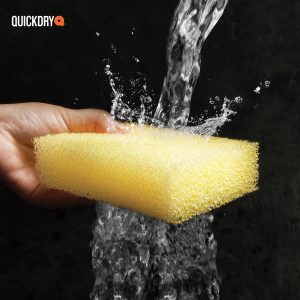
Cushion thickness also plays a huge role in comfort. A cushion that measures between 3 to 5 inches usually provides the perfect balance between softness and firmness. Too thin, and you’ll feel the hard surface underneath; too thick, and the cushion might look bulky and awkward. The goal is to strike a balance where your cushions not only look good but also allow you to sit back and relax for hours without discomfort.
Step 2: Pick the Right Fabric for Durability and Weather Resistance
Choose Outdoor cushions are constantly exposed to the elements, which means fabric choice is absolutely critical. Unlike indoor fabrics, outdoor textiles need to withstand direct sunlight, rain, dirt, and fluctuating temperatures. Choosing the wrong fabric could leave you with faded, soggy, or moldy cushions in just a few months. Here are the most popular fabrics you’ll come across:
Sunbrella Fabric – The Premium Choice
Sunbrella is widely regarded as the gold standard for outdoor cushion fabrics because of its exceptional durability. It is resistant to UV rays, which means it won’t fade easily, even in direct sunlight. It’s also water-repellent, stain-resistant, and easy to clean, making it perfect for busy households or areas with unpredictable weather. While it costs more than other fabrics, it’s an investment that pays off in long-lasting performance.
Olefin Fabric – Affordable and Practical
Olefin is a fantastic middle-ground option for those who want something durable but don’t want to spend top dollar. It is lightweight, dries quickly, resists mildew, and provides decent UV protection, making it especially suitable for humid climates. Olefin cushions also tend to be softer to the touch than polyester, giving them a more comfortable feel.
Polyester Fabric – Budget-Friendly Option
Polyester cushions are the most affordable and widely available, which makes them a tempting choice if you’re looking to refresh your space on a budget. However, polyester tends to fade faster when exposed to direct sunlight, and it absorbs water more easily than Sunbrella or Olefin. This means it’s better suited for shaded patios or covered porches where weather exposure is minimal.
Step 3: Match the Style and Color to Your Outdoor Space
Choose outdoor cushions aren’t just about comfort—they’re also about design. Think of them as the finishing touch that ties your outdoor furniture and overall décor together. If your furniture is neutral, cushions are the perfect opportunity to go bold with color—vibrant shades of blue, orange, yellow, or green can inject life and personality into an otherwise plain setting. On the other hand, if your furniture or outdoor surroundings are already colorful, then opting for subtle tones like beige, gray, or earthy hues can create a balanced and calming look.
Patterns also play a huge role in setting the vibe. Don’t be afraid to mix and match—pair bold stripes with delicate florals or solid-colored cushions with geometric prints. A smart trick is to select one cushion with a striking design as the focal point, and then use simpler, complementary cushions to balance it out. This creates a layered, stylish look without overwhelming the eye.
Step 4: Get the Right Size and Fit
One of the biggest mistakes people make is buying cushions without measuring their furniture first. Ill-fitting cushions not only look awkward but also slide around, making them uncomfortable to use. Before shopping, measure the length, width, and depth of your chairs, benches, or loungers. Cushions that fit snugly give a polished, tailored appearance and stay in place even when you move around. Remember, custom-fit options are always available if standard sizes don’t match your furniture.
Step 5: Look for Long-Lasting Durability Features
Since Choose outdoor cushions face more wear and tear than indoor ones, durability is non-negotiable. When browsing, look for features such as:
- UV resistance to prevent fading and color loss.
- Water resistance so rain doesn’t soak in and cause mold.
- Mildew resistance for humid climates.
- Removable covers that make cleaning simple and stress-free.
Think of these features as protective armor for your cushions—they may cost a little extra, but they’ll save you from constantly replacing worn-out ones.
Step 6: Don’t Overlook Maintenance Needs
Even the best cushions need regular care to stay looking fresh. Ideally, you should pick cushions with removable covers that can be tossed in the washing machine or at least spot-cleaned easily. When not in use, especially during heavy rain or winter months, storing cushions in a weatherproof storage box or cover will dramatically extend their lifespan. Treat your cushions like your indoor sofa—if you take care of them, they’ll reward you with years of comfort.
Step 7: Balance Budget with Quality
Choose Outdoor cushions come in a wide range of prices, and it’s tempting to grab the cheapest ones, especially if you need multiple pieces. However, low-quality cushions often wear out quickly, leaving you with faded colors, flat padding, and frequent replacements. While premium options like Sunbrella may feel expensive upfront, they typically last several years without losing their appearance or comfort. On the flip side, if you enjoy changing up your outdoor décor frequently, more affordable options may make sense for you. The key is to weigh short-term savings against long-term value.
Conclusion
Choose outdoor cushions is about much more than picking something pretty. It’s about creating an outdoor sanctuary where you can relax, entertain, and enjoy life to the fullest. By prioritizing comfort, selecting durable fabrics, matching styles to your furniture, and paying attention to fit and maintenance, you’ll end up with cushions that not only look stylish but also stand the test of time. Remember, your outdoor space is an extension of your home so treat it with the same care and thoughtfulness when selecting those finishing touches.
FAQs
1. How thick should outdoor cushions be for maximum comfort?
Outdoor cushions should generally be between 3 to 5 inches thick, which strikes a balance between plush comfort and sturdy support.
2. Can I leave my outdoor cushions outside all year long?
While cushions are designed to handle outdoor conditions, it’s best to store them during heavy rain, snow, or extreme weather to extend their lifespan.
3. What’s the most durable fabric for outdoor cushions?
Sunbrella fabric is considered the most durable due to its fade resistance, water repellency, and long-lasting performance.
4. How do I properly clean outdoor cushions?
Most outdoor cushions come with removable covers that can be machine washed. For spot cleaning, a mild soap and water solution usually works best.
5. Are high-quality outdoor cushions really worth the investment?
Yes, because high-quality cushions not only improve comfort and style but also last much longer, saving you money in the long run.

